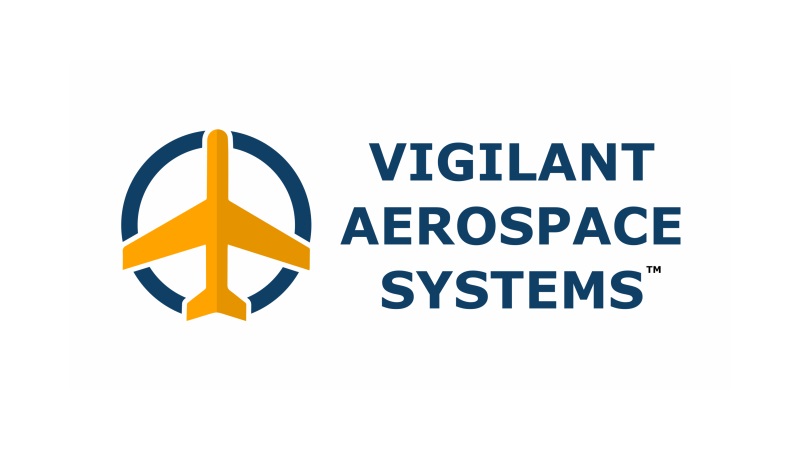Vigilant Aerospace has registered with the FAA’s UAS Integration Pilot Program as an Interested Party in order to provide our FlightHorizon detect-and-avoid and airspace traffic management system to Lead Applicants in the program. Click here to learn what Vigilant Aerospace will be providing to Lead Applicants and Innovation Zones.
Analysis of the Program
We are very pleased to see positive progress towards beyond visual line-of-sight flight authorization and unmanned delivery authorization in the US airspace. This is a critical next step for the US commercial unmanned aircraft industry in order to remain competitive with developments in other countries. This program is explicitly aimed at making these operations happen and fostering innovation generally for unmanned aircraft. We also like that the deadline is near-term and the initial application is short and to-the-point. The application is a multi-step process, allowing many jurisdictions to throw their hats into the ring initially with a short form, and requiring the winners in the first round of applications to provide more details in subsequent rounds. It is also good that under this program, Lead Applicants must collaborate with private industry to provide integration technologies and solutions. And, while it generates complexity, the inclusion of state, local and tribal governments as the Lead Applicants for the program obviously serves the purpose of gaining the cooperation of these local jurisdictions in the integration of unmanned aircraft into the US airspace while encouraging them to take responsibility for the authorization and associated risks of allowing advanced flights in their boundaries. It allows local leaders to have a genuine stake in how low-level airspace is used in their cities, counties and states. The potential diversity of selected jurisdictions should encourage research and operations in a great range of environments and terrains and with a variety of priorities and flight rules. These could include both large-scale flights for pipeline inspection and environmental surveying while also enabling small-scale operations like those carried out by local fire departments and sheriff’s departments to support their day-to-day operations. Finally, we love that there is an emphasis on flight safety and integration into air traffic control and other airspace information and management technologies. Major risks to the program include the long delay between application acceptance and the start of new flight programs in the selected Innovation Zones. This runs the risk of a potential change in public policy and political attitudes between the launch of the program and the first flights, which could disrupt a very promising program. There is also no budget from the FAA or any other Federal source to support participation in the program. Local governments must pay their own way and support their own Innovation Zones. This puts the entire financial burden for planning, managing and executing the advanced flight operations onto the local jurisdictions. Many industry partners – including Vigilant Aerospace – are offering to participate mainly at their own expense in order to offset some of the costs of the program. We also feel that the program would benefit from making a commitment to a continuous selection process. While the memorandum ordering the program mandates at least five Innovation Zones be selected, it would make sense to allow many additional jurisdictions to be accepted into the program over time and to encourage or require the FAA to keep selecting and cooperating with local governments committed to the program. Resources at the FAA are limited, but much of the burden for financing, safety and management has already been placed onto the local operators of these Zones. Why not let them develop organically and support as many viable Zones as possible, over time? We hope to see the program mandate interpreted to cause the inclusion of many additional zones in the future, especially as particular safety technologies and airspace management strategies prove themselves effective. Overall, we are excited to see the launch of this program and look forward to participating as an industry partner and technology provider for one or more Innovation Zones in the near future.*** UPDATE ***
- “A Look at the UAS Integration Pilot Program – What’s Next?” Vigilant Aerospace Systems; 11 May 2018.
Third-Party Analysis of the Program:
- Great analysis by Jonathon Rupprecht of Rupprecht Law: “FAA Drone Integration Pilot Program (2017)”
- Excellent article by Miriam McNabb in DroneLife: “Industry Leaders Respond to UAS Integration Pilot Program”
Program Announcements & Resources:
- October 25, 2017 – Federal Register Memorandum for the Secretary of Transportation
- FAA UAS Integration Pilot Program official webpage
- FAA UASIPP Special Notice: Screening Information Request # SIR DTFAWA-18-R-0001
Official Press Releases:
- White House – Press Office: Presidential Memorandum for the Secretary of Transportation
- U.S. Dept. of Transportation – Briefing Room: President Donald Trump and Secretary Elaine L. Chao Announce Innovative Drone Integration Pilot Program
- U.S. Dept. of Transportation – Briefing Room: U.S. Secretary of Transportation Elaine L. Chao Presents Details of U.S. Drone Integration Pilot Program
- UAS Integration Pilot Program Webinar:
Vigilant Aerospace has registered with the FAA’s UAS Integration Pilot Program as an Interested Party in order to provide our FlightHorizon detect-and-avoid and airspace traffic management system to Lead Applicants in the program. Click here to learn what Vigilant Aerospace will be providing to Lead Applicants and Innovation Zones.

